| Structure | Name/CAS No. | Articles |
|---|---|---|
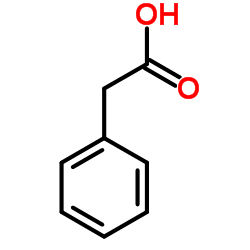 |
Phenylacetic acid
CAS:103-82-2 |
|
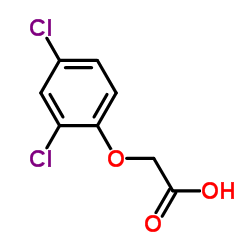 |
2,4-Dichlorophenoxyacetic acid
CAS:94-75-7 |
|
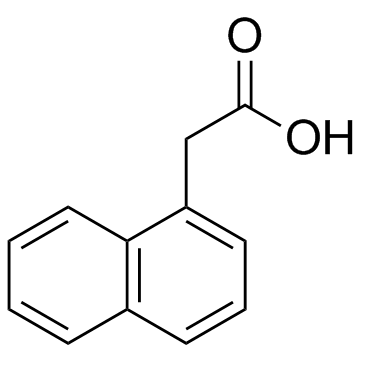 |
1-Naphthaleneacetic acid
CAS:86-87-3 |
|
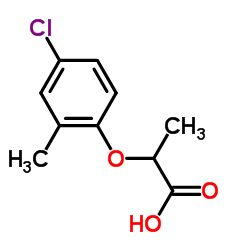 |
mecoprop
CAS:7085-19-0 |
|
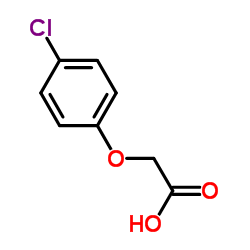 |
4-CPA
CAS:122-88-3 |
|
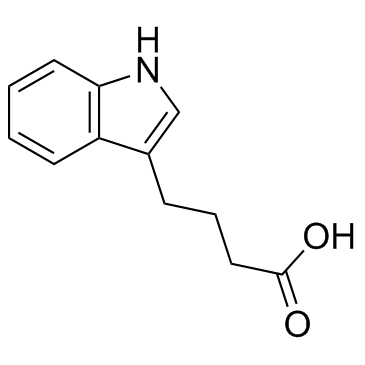 |
3-Indolebutyric acid
CAS:133-32-4 |
|
 |
(R)-2-(2,4-Dichlorophenoxy)propanoic acid
CAS:15165-67-0 |
|
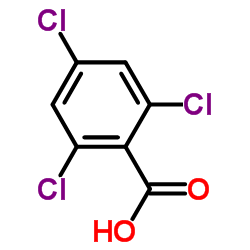 |
2,4,6-Trichlorobenzoic acid
CAS:50-43-1 |
|
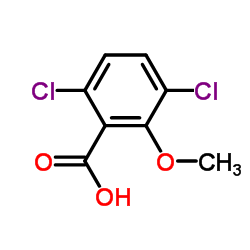 |
Dicamba
CAS:1918-00-9 |
|
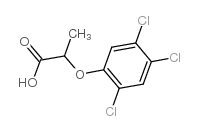 |
fenoprop
CAS:93-72-1 |